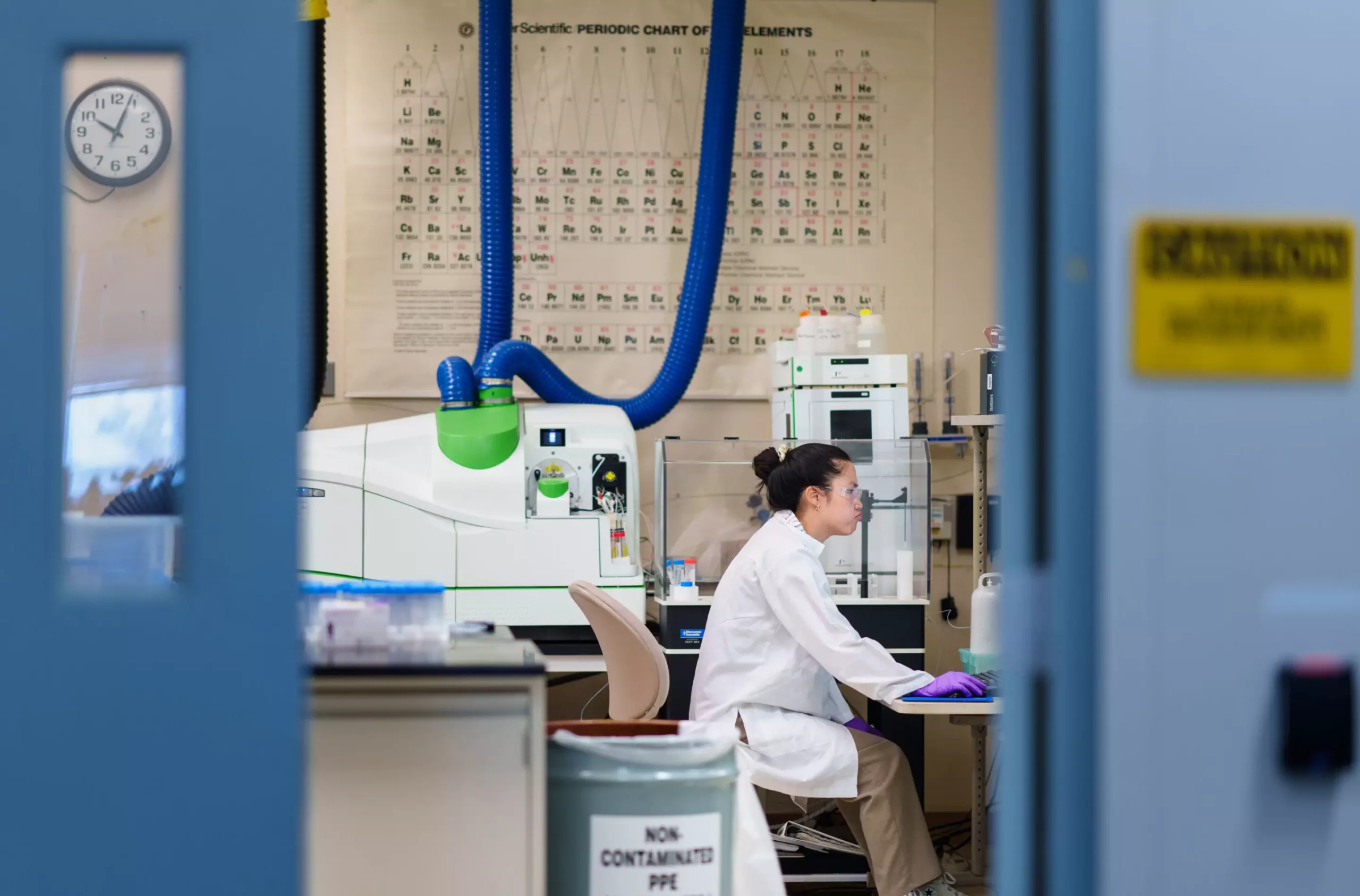Rare-earth elements have become integral to numerous sectors, shaping our modern technological landscape. From the gadgets in our pockets to the renewable energy systems driving our future, these critical metals grapple with a pressing challenge—how to extract and purify them efficiently and sustainably. This issue is exacerbated by the current reliance on inconsistent and harmful processes predominantly in China. However, researchers from Sandia National Laboratories are at the forefront of developing innovative, environmentally friendly methods aimed at alleviating these concerns.
Traditional methods of extracting rare-earth elements are anything but benign. They often require the use of aggressive chemicals, such as strong acids and hazardous solvents, presenting substantial environmental risks. This has raised alarms over the sustainability of existing practices, igniting a quest for cleaner and more efficient techniques. The technology race towards viable green extraction processes has gained momentum, emphasizing the need for alternatives that not only yield effective results but also uphold environmental integrity.
At the core of Sandia’s research are metal-organic frameworks (MOFs)—sophisticated molecules reminiscent of childhood building toys. These MOFs are constructed from a combination of metal hubs and organic ‘linker’ rods, creating spongy materials capable of selectively absorbing specific elements from complex mixtures. This avenue of exploration has revealed promising potential for enhanced purification processes.
The research team has focused on modifying the surface chemistry of these frameworks to optimize their selectivity for rare-earth elements. Their ability to precisely tune the chemical groups present on the MOFs has proven crucial. In earlier experiments, they determined that varying the linker configuration—as well as attaching distinct chemical groups—impacts how these materials interact with different rare-earth elements. This process of fine-tuning showcases a significant advancement in selecting only the desired metals while discarding unwanted substances.
The significance of chemical interactions cannot be overstated when it comes to optimizing MOF performance. Researchers have utilized advanced modeling techniques to simulate these interactions, leading to deeper insights into the binding preferences of rare-earth elements. Studies have revealed that heavier rare-earth elements display a stronger affinity for negatively charged chemicals, suggesting a need to incorporate such elements into the design of effective MOFs.
Moreover, innovative X-ray spectroscopy techniques have allowed researchers to visualize how these rare-earth elements bond with the frameworks at a molecular level. These cutting-edge observations can lead to new strategies that focus on manipulating the binding sites within the MOFs, providing pathways to entrench selectivity further. This emerging field is both revealing and challenging existing notions, reaffirming that scientific exploration has no definite end.
Perhaps the most exciting component of this research lies in its foundational knowledge—understanding how these rare-earth elements interact with MOFs allows for tailored material designs. The goal is to create increasingly refined sponges that can precisely target and absorb individual rare-earth elements. This fine-tuning reflects a versatile approach that can be adapted as demands evolve.
The analysis has also illustrated the potential of adopting a dual approach—combining positively and negatively charged surface chemicals to achieve fine-tuned selectivity. Although untested, this hypothesis presents a roadmap for future research endeavors that could uncover new dimensions in the quest for efficient element separation.
As the demand for rare-earth elements continues to grow, so too does the urgency to develop sustainable extraction and purification methods. While researchers at Sandia National Laboratories can envision a range of design strategies for creating effective MOFs, the road ahead is laden with questions and opportunities for innovative solutions. Their research not only contributes to the immediate need for greener alternatives but sets a stage for significant advancements that can transform the materials science landscape.
The exploration of MOFs holds the promise of reshaping how industries source rare-earth elements, unlocking pathways toward more sustainable practices that align with the principles of a circular economy. As we harness the power of scientific inquiry, the potential to mitigate environmental impacts while ensuring the steady supply of these crucial materials becomes an achievable reality. The journey may be complex, but the future of rare-earth purification—powered by innovative research—is bright.


Leave a Reply